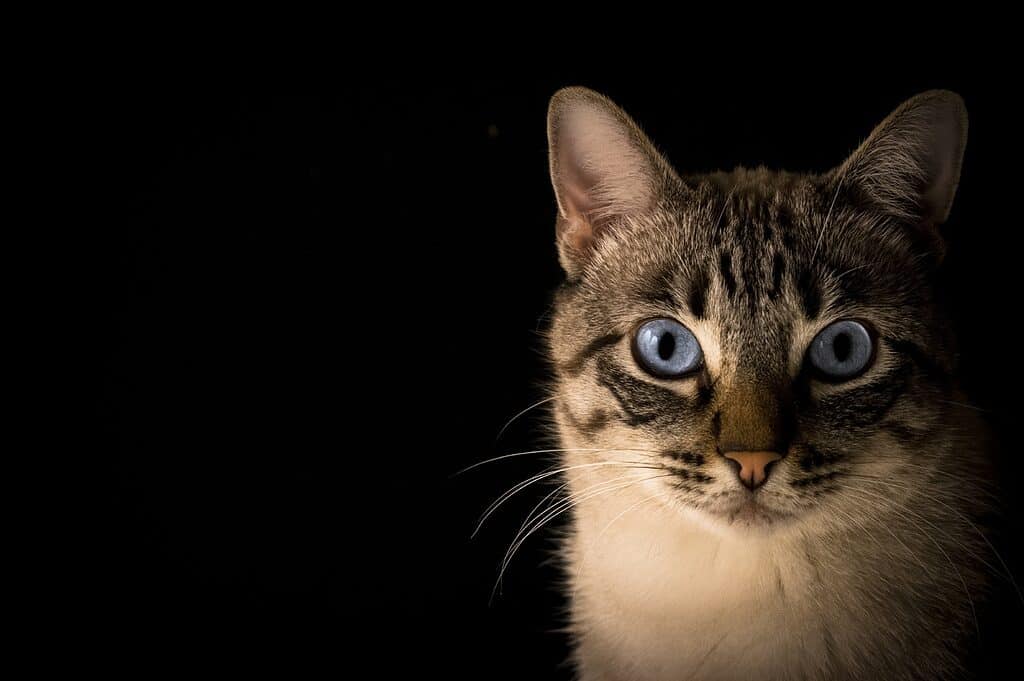Giving your cat good quality food and taking them to the vet for checkups once in a while are important for their health — but they may not be enough. Playing with your cat in a regular and meaningful way is also very important for their wellbeing, scientists have shown. Researchers found in a survey that greater playfulness and more types of games were significantly associated with better cat quality of life.

Researchers at the University of Adelaide in Australia created an online survey with veterinarians, cat guardians, and behavior experts to investigate play-related factors linked with welfare in cats. The outcome measures included cat quality of life, cat-guardian relationship quality, problem behavior prevalence, and behavioral changes.
“Our survey results, based on responses from 55 countries, indicated greater cat playfulness was significantly associated with better cat quality of life,” Julia Henning, study author, said in a statement. “Also, longer amounts of daily play and a greater number of games were also associated with better quality cat-guardian relationships.”
Playtime and cat welfare
Cat welfare includes many elements, from the cats’ physical state and the quality of their environment to the resources available to them to their mental state and their social relationships, the researchers said. Just like us, cats need to take care of both their physical and mental health. For cats living in human homes, all these elements rely heavily on their guardian and their relationship with that guardian.
Guardians are responsible for making choices for their cats, from what they feed them to what medicine they give them when they are sick, which could all have serious welfare outcomes. Also, how guardians perceive their cats may impact how they treat them and even what decisions they make concerning their lives, the researchers said.
For their study, the team went through almost 1,600 completed surveys from 55 countries. Half the participants were living in Australia and identified as female. Most cats were of mixed breed (76%) and lived exclusively indoors (67%). Overall, they found cat playfulness was significantly linked with higher cat quality of life scores.
Cat-guardian relationship scores were highest where both cat and guardian were reported to initiate play sessions. Being able to both initiate play and recognize initiation of play requires both cat and guardian to be observant and capable of comprehending each other’s communication signals, the researchers explained.
The study also showed that cats housed exclusively indoors had higher quality of life scores than cats with outdoor access. Guardians who keep their cats indoors may have more opportunities to participate in enriching interactions such as playing and may also keep a closer eye on their cats’ nutrition, shelter, and physical and mental health.
In the surveys, study participants also reported that when play is withheld from cats, observable behavior changes occur that may indicate a decrease in welfare. Increased attention-seeking behavior, such as vocalization, could indicate that the cat is frustrated, a negative affective state that can impact its welfare, the researchers said.
While the study contributes to overall knowledge about cat welfare, it has a set of limitations, the researchers said. Survey respondents could be biased in their ability to assess behavior and be more dedicated in time and effort to their cats than the average cat guardian, Susan Hazel, who also worked on the study, said in a statement.
The study was published in the journal Animal Welfare.


